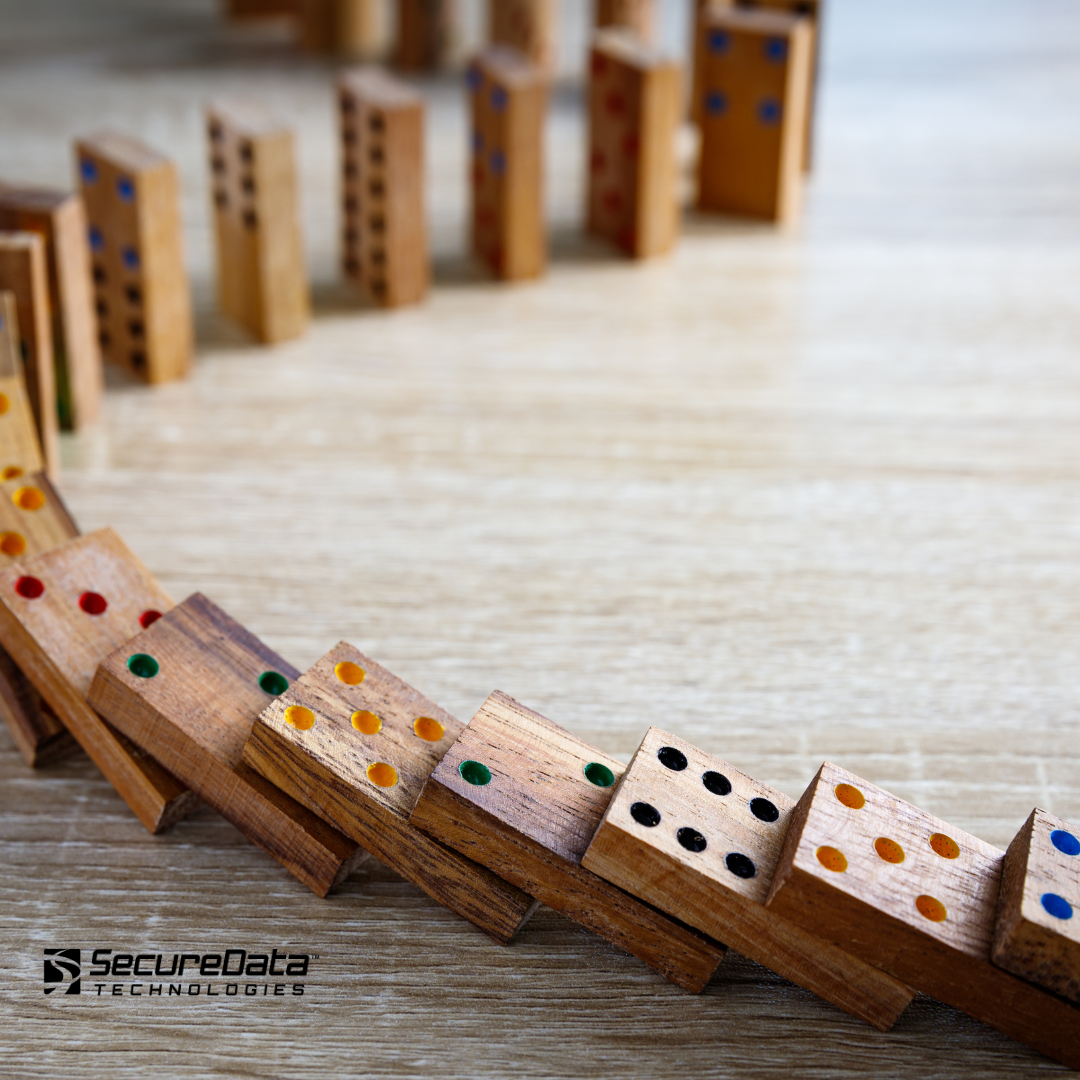Business Continuity Planning in the Era of Data Breaches & Cyber Disruption

Cybersecurity is no longer just an IT concern; it’s a boardroom issue. The latest wave of data breaches has shown how quickly a cyber incident can halt operations, trigger regulatory scrutiny, and erode customer trust. For executives and decision-makers, business continuity planning must now be viewed through a cyber-resilience lens.
Why This Matters for Leaders
Business continuity has traditionally focused on storms, supply chain interruptions, or equipment failures. But today’s disruptions are more often digital. A single compromised vendor, a ransomware attack, or an insider threat can stop revenue flow and tarnish a brand overnight.
For leaders, the question isn’t if a breach happens, it’s when, and how prepared the organization will be to continue operating.
Three Strategic Priorities for Executives
- Embed Cybersecurity Into Risk Governance
Cyber risk should be part of enterprise risk management, not a siloed IT function. Boards must understand exposure, approve investments in resilience, and ensure cyber preparedness aligns with overall strategy.
- Demand Clarity on Continuity Metrics
Ask your teams: How long can we operate without key systems? What is our recovery time objective (RTO)? Business impact analysis must guide investments, so resources flow to protecting what matters most.
- Invest in Trust, Not Just Technology
Customers, partners, and regulators will judge your response as much as your defenses. Proactive communication, compliance readiness, and transparency are as critical as firewalls and encryption.
The Leadership Imperative
Your role as a leader is not to configure systems, but to set the tone, allocate resources, and hold teams accountable for resilience. In the era of cyber disruption, business continuity is a leadership issue, and trust is your most valuable asset.
IT/Practitioner-Facing
Business Continuity Planning in the Era of Data Breaches & Cyber Disruption
Data breaches aren’t slowing down. Attackers are leveraging stolen credentials, exploiting unpatched systems, and targeting vendors to gain entry. For IT and security professionals, this means business continuity planning can’t stop at backups and fire drills — it has to be cyber-resilient by design.
Why IT Teams Need to Rethink BCP
Traditional continuity plans may get the lights back on after a storm, but they don’t account for encrypted servers, stolen data, or exfiltrated credentials. Cyber events often take systems offline for days or weeks, leaving IT teams scrambling. The key is to build continuity strategies with security at the core.
Five Technical Must-Haves for Cyber-Resilient Continuity
- Integrate Incident Response and BCP
Your incident response playbooks must flow directly into continuity plans. Clear escalation paths, predefined roles, and tabletop exercises specific to breach scenarios are non-negotiable.
- Zero Trust by Default
Limit lateral movement by segmenting networks, enforcing MFA everywhere, and adopting least-privilege access. If an attacker gets in, zero trust principles slow them down and contain damage.
- Test Recovery, Don’t Just Back Up
Backups are critical, but untested recovery processes are a hidden failure point. Run regular recovery drills to validate RPOs and RTOs.
- Vendor & SaaS Resilience
Document your reliance on third-party platforms and establish fallback processes. If a vendor is breached, how will you pivot to keep operations running?
- Continuous Monitoring & Threat Hunting
BCP is useless if breaches remain undetected for months. Proactive detection shortens the window of compromise and accelerates continuity execution.
The Practitioner’s Mandate
Cybersecurity teams sit at the heart of modern business continuity. Beyond firewalls and patching, IT leaders must ensure resilience is woven into daily operations, vendor management, and recovery testing. Continuity isn’t just about restoring systems — it’s about restoring confidence in the business. If you aren’t sure where to start, reach out to Secure Data Technologies to see how we can help.


